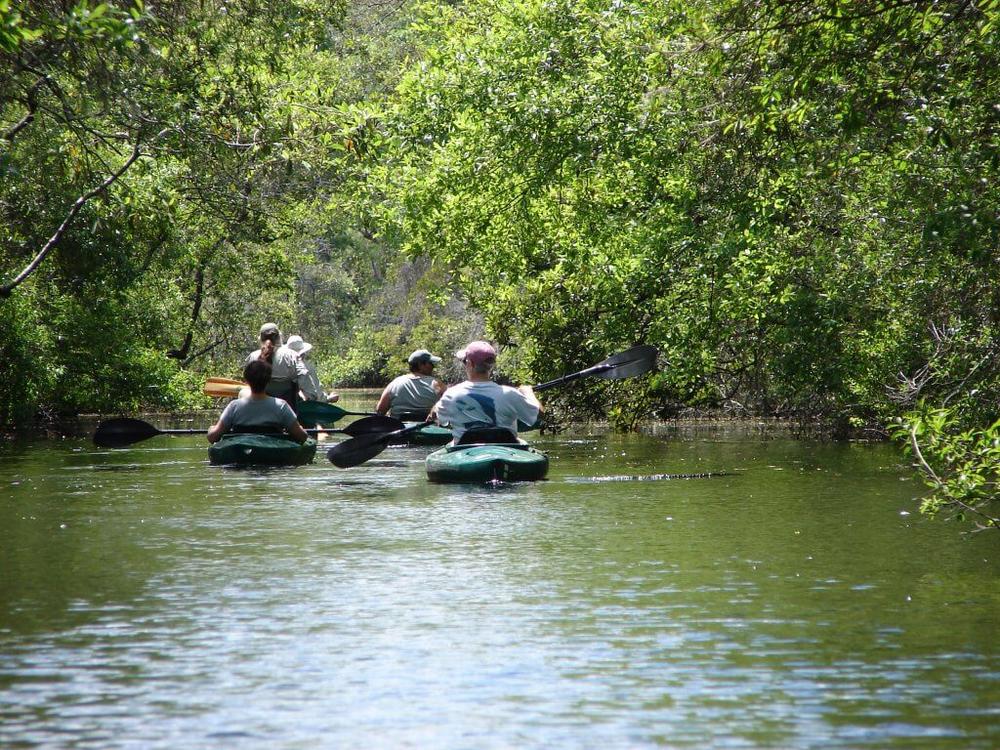
Caption
Each year, hundreds of thousands of people visit the Okefenokee National Wildlife Refuge in southeast Georgia to kayak, hike, fish, and participate in other recreational activities. A federal lawsuit filed on Nov. 15 by environmental groups claims that the U.S. Army Corps of Engineers is violating the Clean Water Act by not protecting wetlands that are at risk of mining.
Credit: Photo contributed by Joy Campbell / Georgia Recorder

